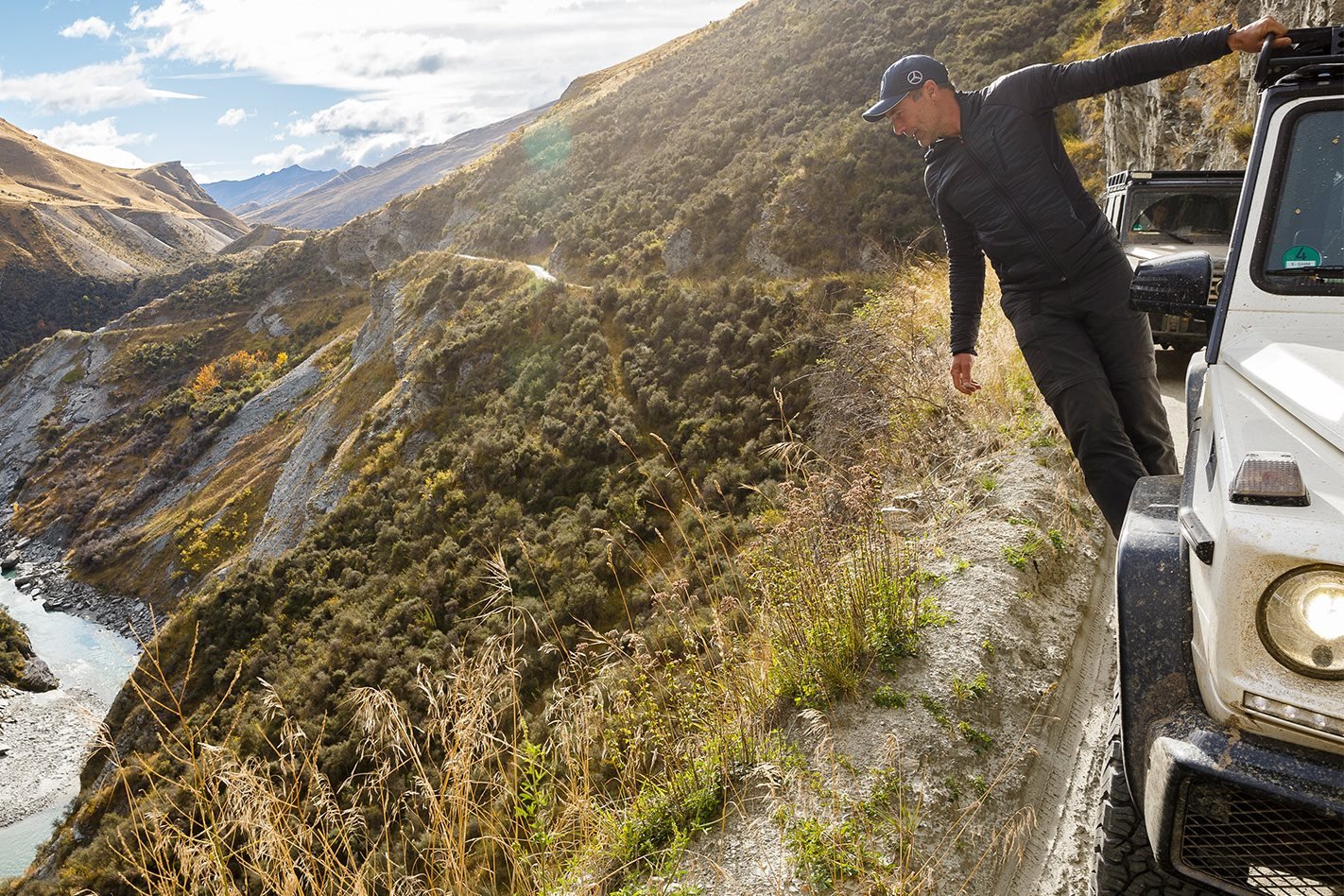YOU CAN tell a lot about a man from his handshake.
First published in the June 2017 edition of Wheels Magazine, Australia’s most experienced and most trusted car magazine since 1953.
Mike Horn clamps you like a garbage compactor and then begins a process which feels as if he’s trying to dismember your limb with the intention of beating you with the soggy end. In his defence, I can understand why.
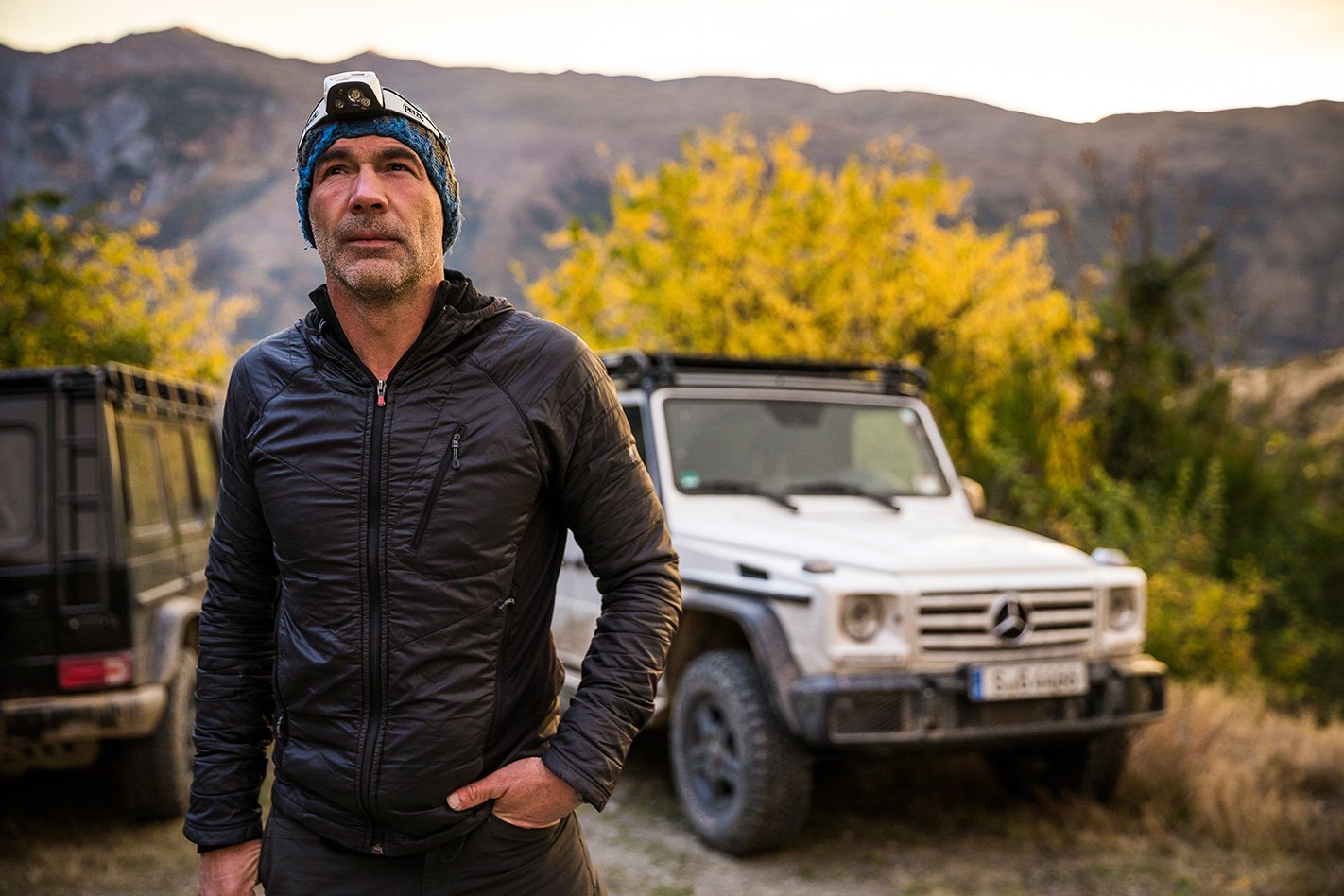
If you’re not acquainted with Horn’s canon of work, here’s a quick primer. He’s climbed 8000m peaks in the Himalayas without oxygen, he’s traversed the length of the Amazon on a boogie board, walked to the North Pole in the permanent darkness of winter, circumnavigated the globe at the equator under his own steam, and then done the same with the Arctic circle. At the moment he’s part way through Pole to Pole, an expedition that starts and ends in Monaco and which, as its name suggests, takes in solo crossings via the North and South Poles.
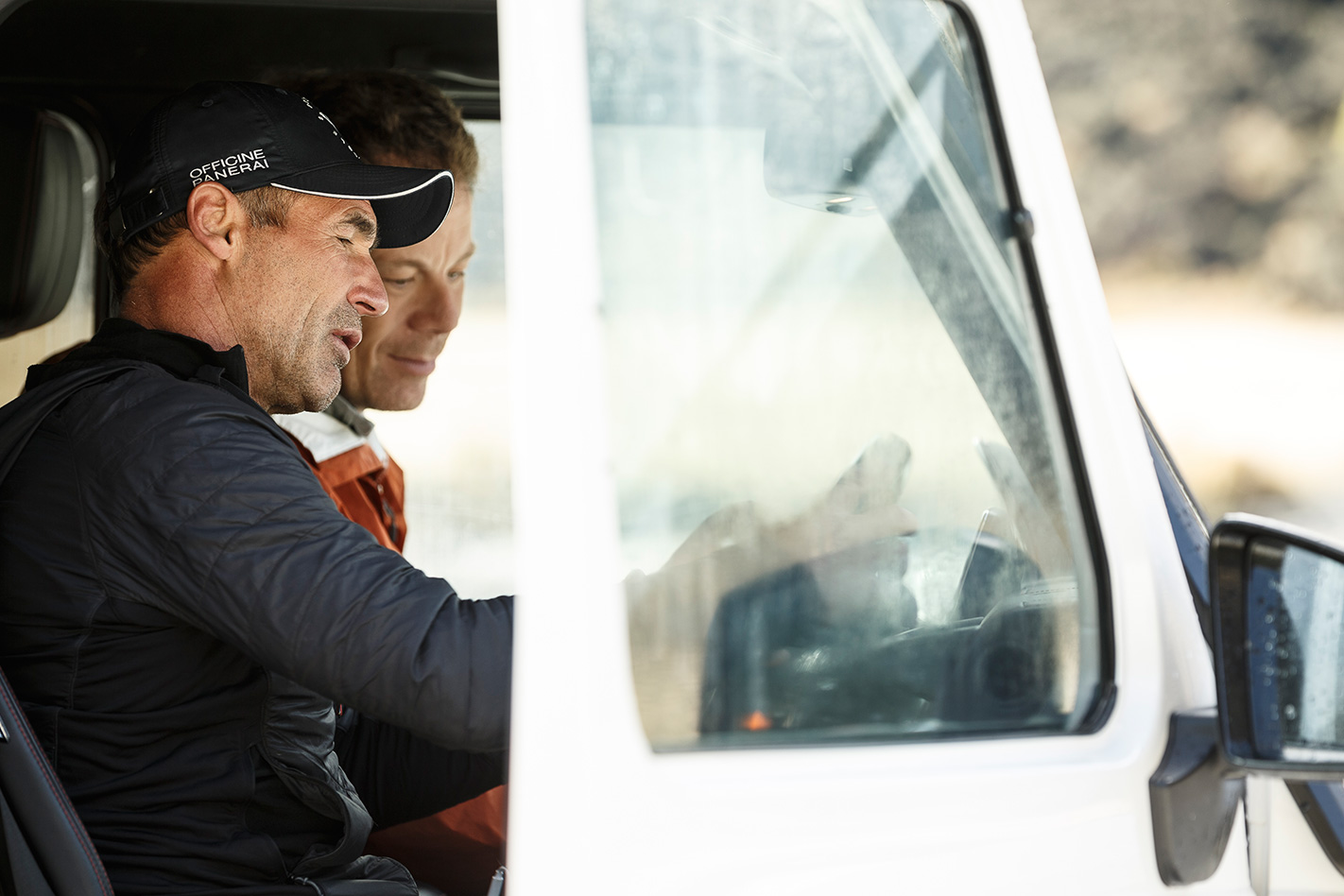
With the first solo, unsupported crossing of Antarctica just completed in a record time of 56 days and 22 hours for the 5000km journey, he’s just been reunited with the pair of G-Class expedition vehicles that Mercedes has supplied him with and is looking to point them at the South Island’s wildest spots. What’s more, because he finished his Antarctic crossing so far ahead of schedule, we’re invited to eat the spare polar rations.
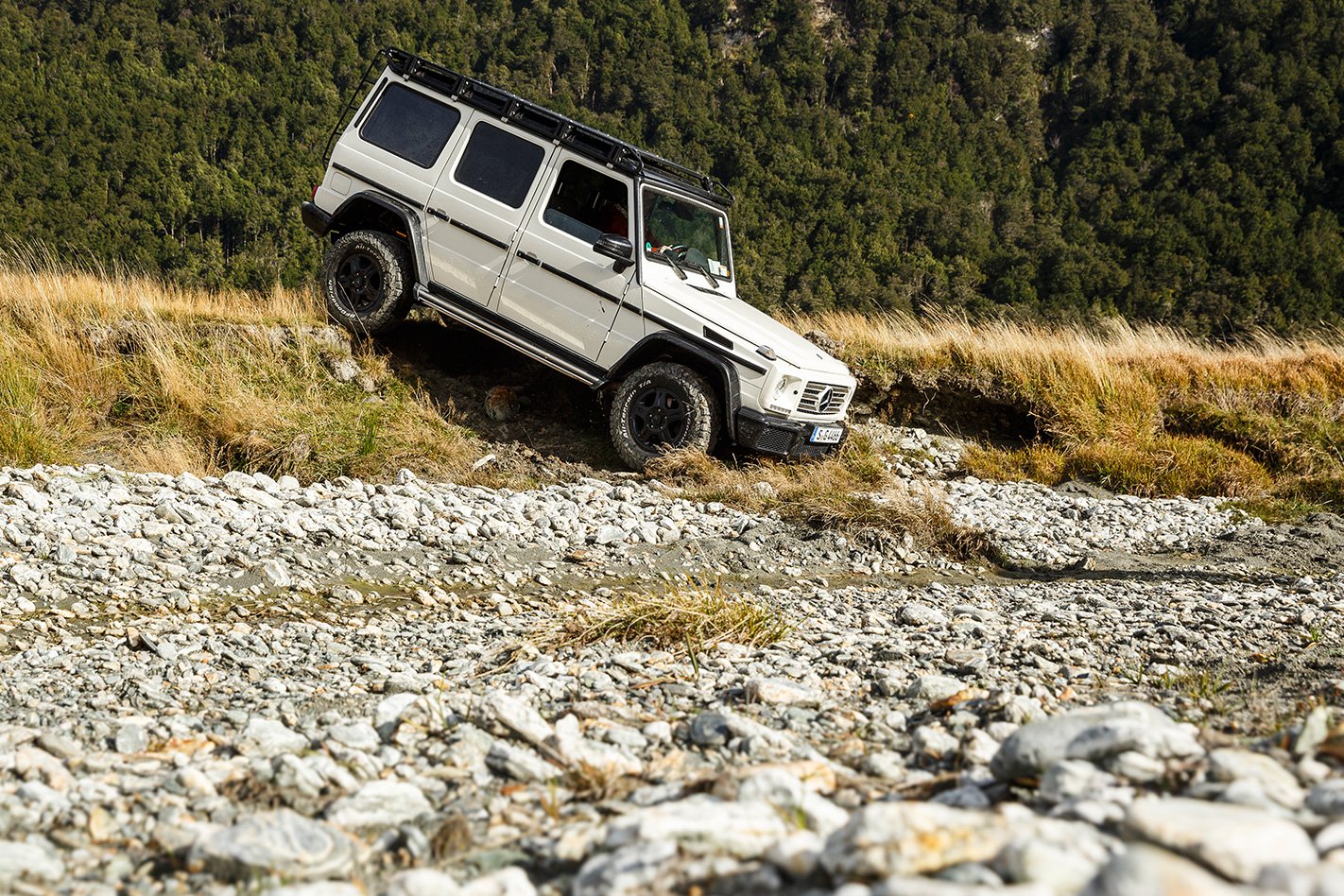
It’s a badge of honour for a motoring journalist to never be a nervous passenger, but this is beyond any sort of off-road driving I’ve ever experienced. The speedo heads north of 120km/h as the heavily laden G-Class descends like a skipping stone, revs flaring as wheels kiss and release from the ground. Horn’s sawing at the wheel, grinning, as the other vehicle becomes a black blur in the rear view. I’m just waiting for one malign combination of dips and ramps to send us into some sort of inverted death corkscrew.
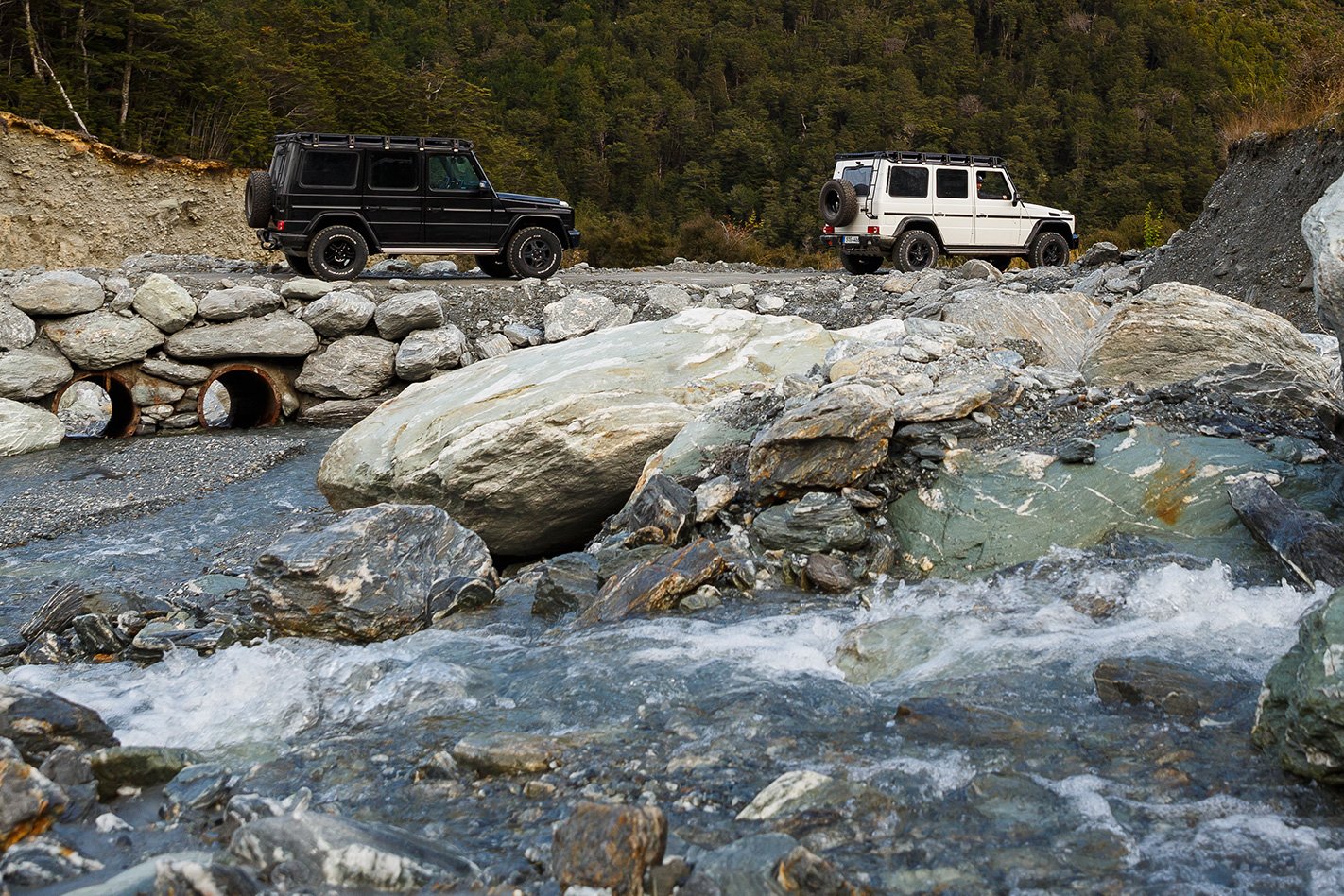
“Having these vehicles as a tool makes my life as an explorer more complete. I can load my stuff into my space. I don’t want to fly over in a plane or a helicopter like I used to in order to access these remote places,” explains Horn. “I want to travel, to see new things, to learn from the people, taste their food, smell their smells and understand better who they are and why they’re like that because that landscape determines the people that live in that country. The landscape develops who you are. The cars have become my travelling companion. Where the car stops, I start on foot,” he tells me.
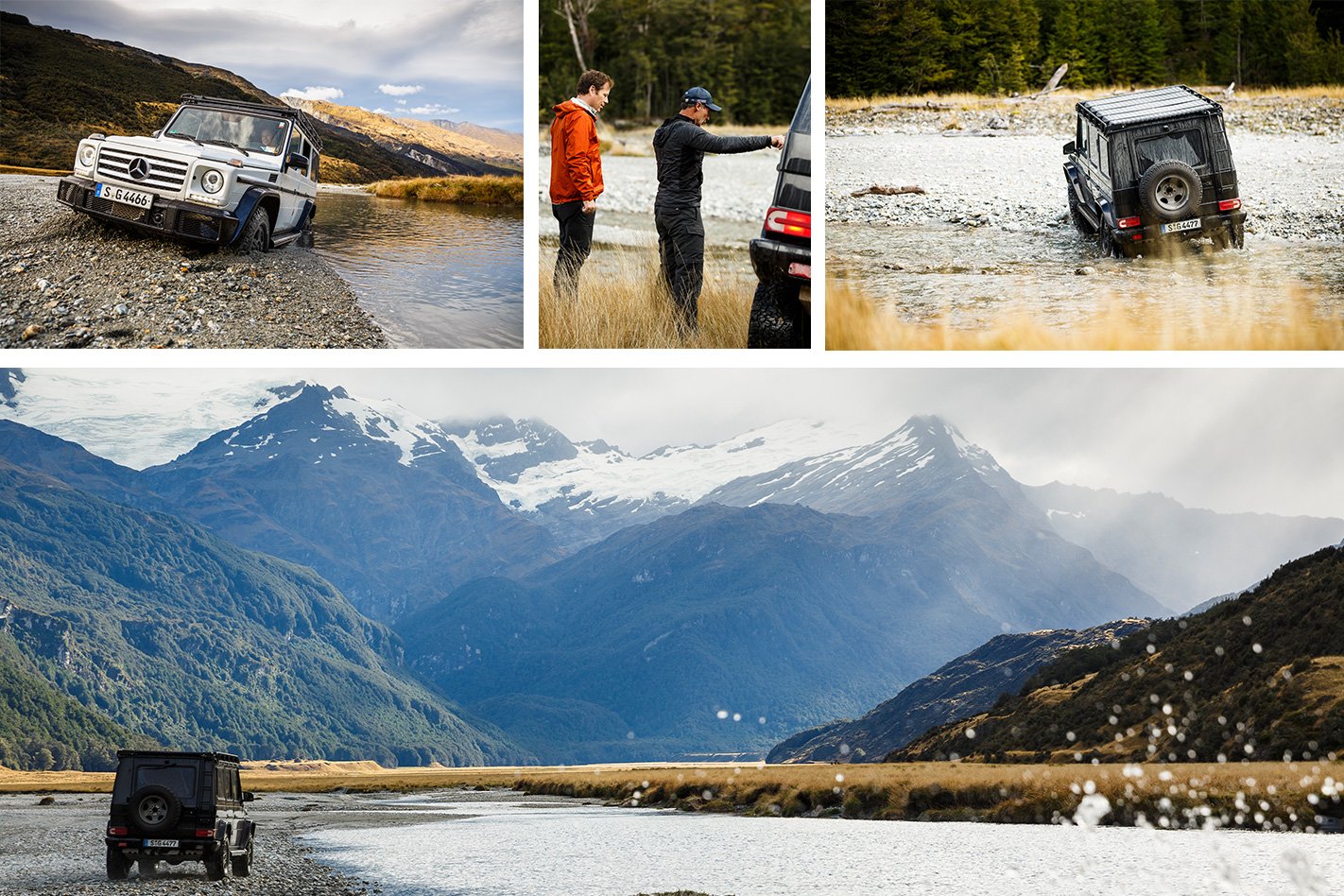
In his downtime since Pangaea berthed in Dunedin, Horn and his daughter Annika have been criss-crossing the South Island looking for remote spots in which to bog a G-Class. It’s clearly been a diligent bit of preparation, as our route crosses remote sheep stations, punctuated by wild camping under kaleidoscopes of stars. We wade through river deltas in the shadow of Tolkienesque glaciers and inch along narrow canyon roads with centimetres of space between the dizzying precipices and soaring rock walls. One day we’re edging through mossy forests, the next forming an express dust cloud soundtracked by yammering V8s across deserted mile-wide glacial valleys.
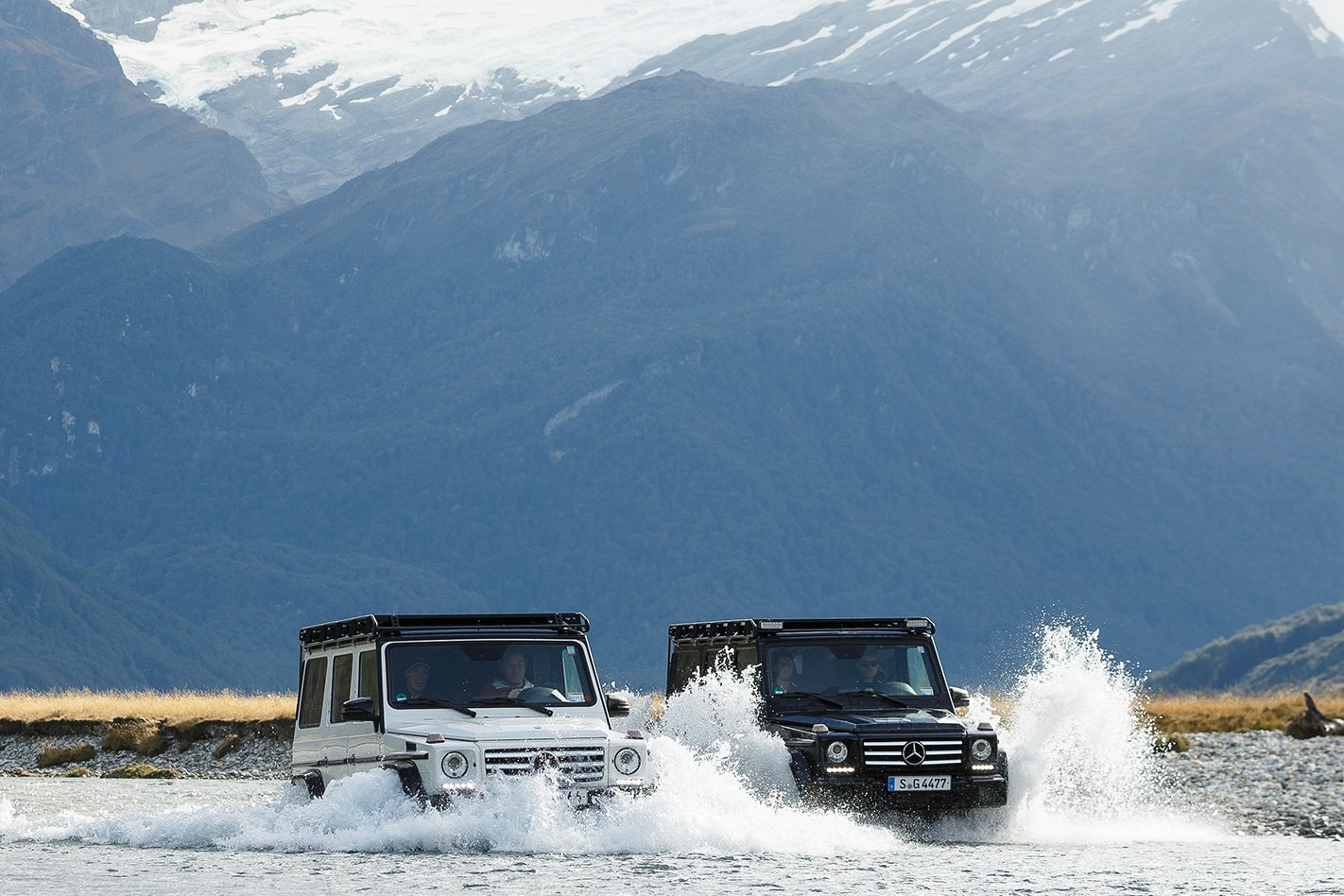
If there’s one theme that runs through Horn’s expeditions, it’s a certain quest for authenticity; to do things the right way. Often that comes at the cost of commercial success.
“You try and set rules and regulations that you live by. You’re the person that puts your life in danger,” he muses. “It’s not a commercial event. It’s not another tennis or golf tournament or F1 race. It’s about a human being who’s willing to go out there and to pioneer new frontiers. But at the same time you’re so fragile. You can lose everything. I’m always in the shit. It’s just the depth that varies.”
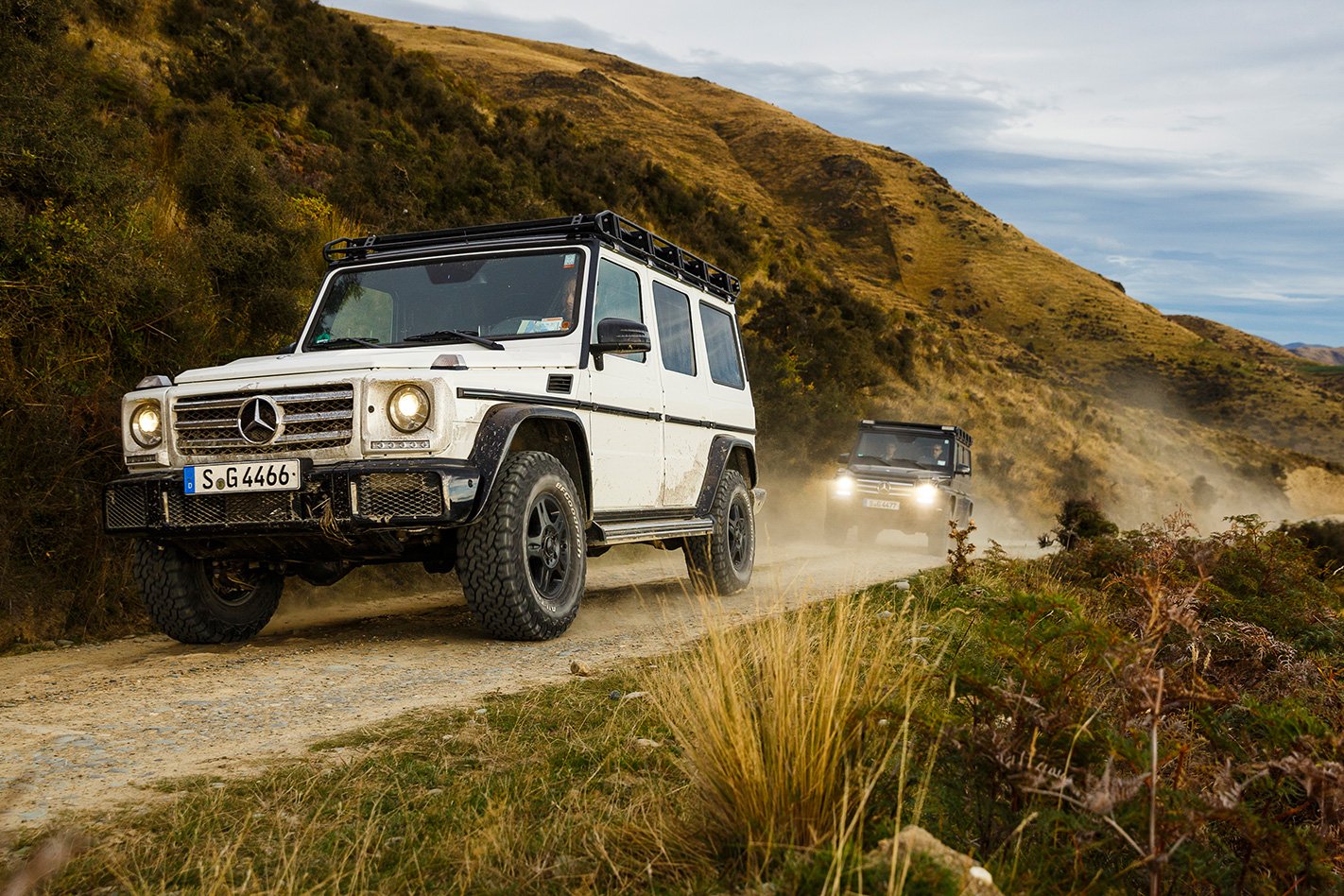
“I broke the socket in my shoulder; the bit that supports the ligaments. The sled jammed nose into the snow while kite skiing so the kite just picked me up, turned me round and slammed me into the ice a couple of times. I couldn’t get to the quick release, so I had to pull out a small knife and cut the lines to the front of the canopy,” he says. It’s far from his only close call on the ice. “I set fire to my tent once. I was changing a gas bottle in the tent. The temperature outside had risen suddenly by 20 degrees and I’d left the pilot light on without noticing. Just a tiny half-flame. As soon as I opened the new bottle, the vapour spread and ignited and I lost everything. From that point I was in igloos.”
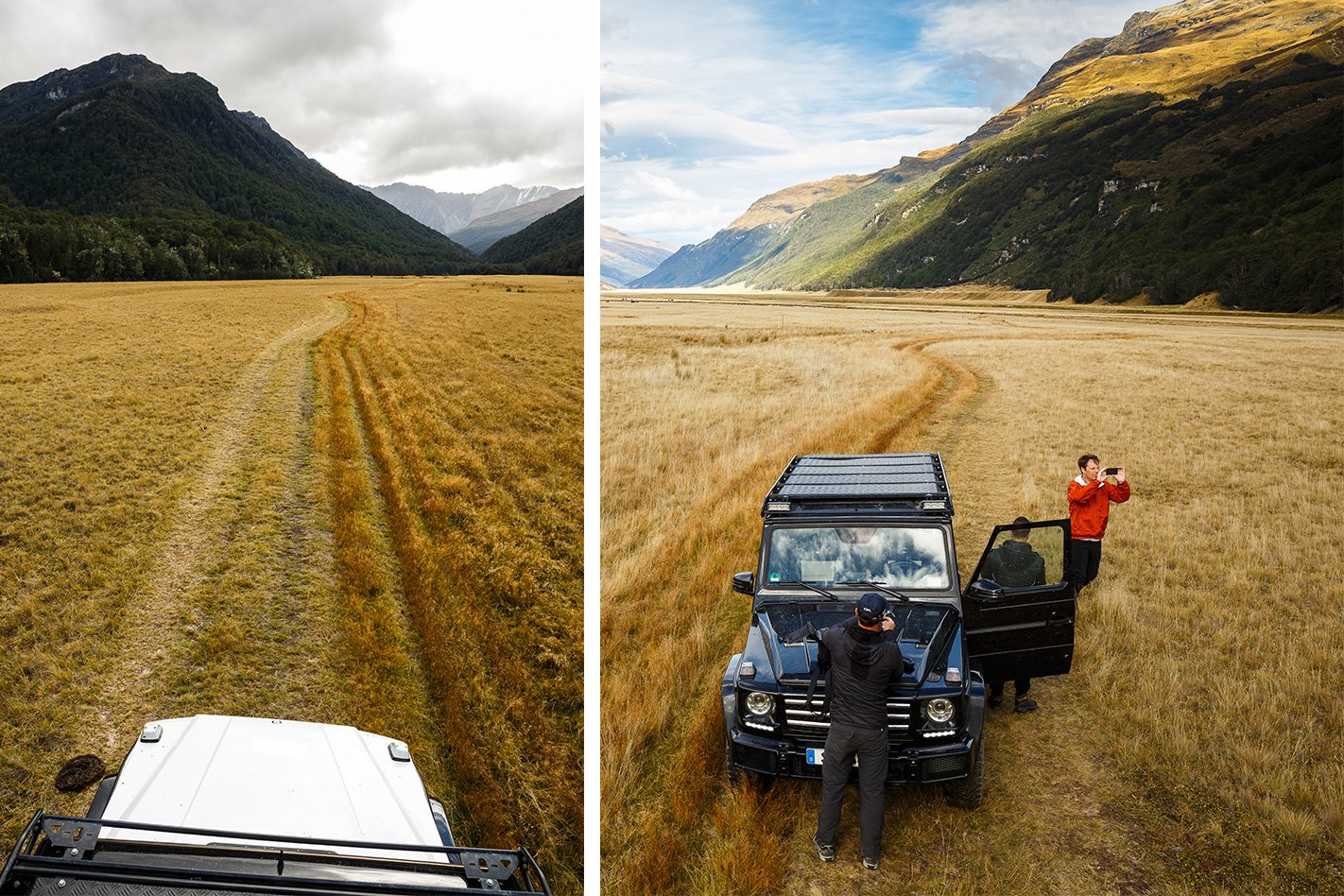
“I was asleep in my tent and the bear climbed onto my sled and started trying to tear it apart to get to the food,” he says. “It rolled onto the tent at one point and I was pinned under its belly. I said to Borge [Ousland, his trekking partner], ‘Get the flare gun. There’s a bear in my sled!’ He just rolled over and said, ‘It’s not in my sled.’ And that was it. We didn’t really get on; barely spoke two words a day on that expedition. He was ice cold. Now we’re the best of friends.”
Later that evening, we sit by the fire sampling some of Horn’s polar trekking food. There’s the usual freeze-dried boil-in-the-bag stodge as well as some fantastic home-made creations, most of which are steeped in olive oil. Honey and butter bites, packet soup loaded with Pringles to form a salty slurry, porridge laden with olive oil, white chocolate and almonds, it’s all calculated with a fanatical attention to weight and nutritional value.
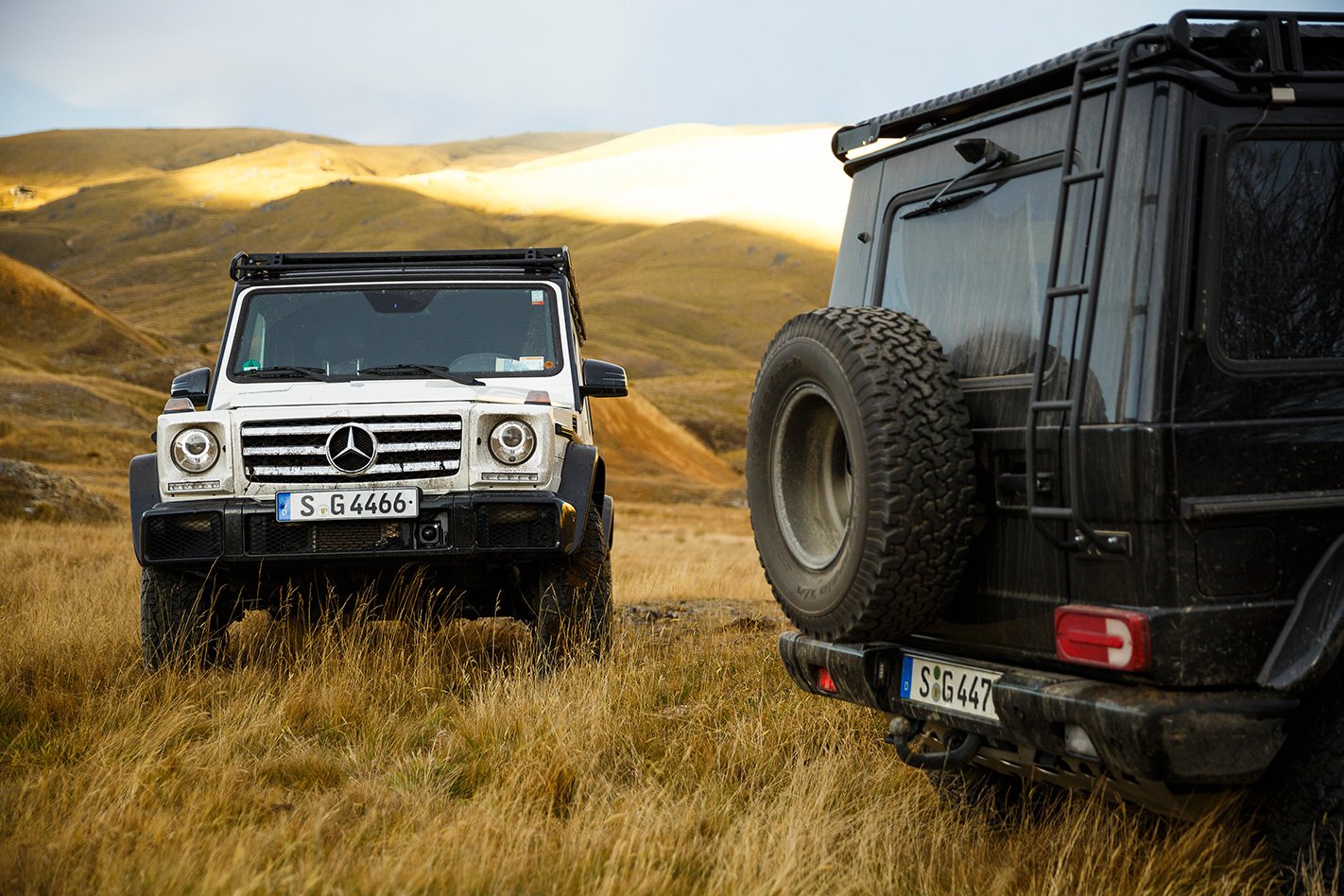
Like most professional sportspeople, Horn has a good line in well-rehearsed motivational soundbites. “The will to win must become bigger than the fear to lose” is one. “The impossible only exists until we find a way to make it possible” is another.
Then there’s “We have 30,000 days in a lifetime. Live each one to the fullest.”
I’m keen to understand what motivates him; what’s beneath the bonhomie and the platitudes. Persistent needling eventually pierces the defences. Jabbing at the bonfire with a stick, his black eyes flash with anger and you see the steeliness beneath.

Spend more time with Horn and you see more of that essential steeliness. He’s phenomenally capable and unfazed by obstacles. He talks of his time at war in Angola, dealing with gun-running mercenaries protecting shipping from Somalian pirates, and of watching men lose their lives in Brazilian sluice mines.
“Gold doesn’t attract good people,” he says.
“These guys would be climbing riverbanks on ladders made of sticks, carrying bags of sand. The ladder breaks, they fall to their deaths. Next guy.”
He worked for a while as a diver tasked with sucking gold-laden sediments from the bottom of an Amazon tributary.
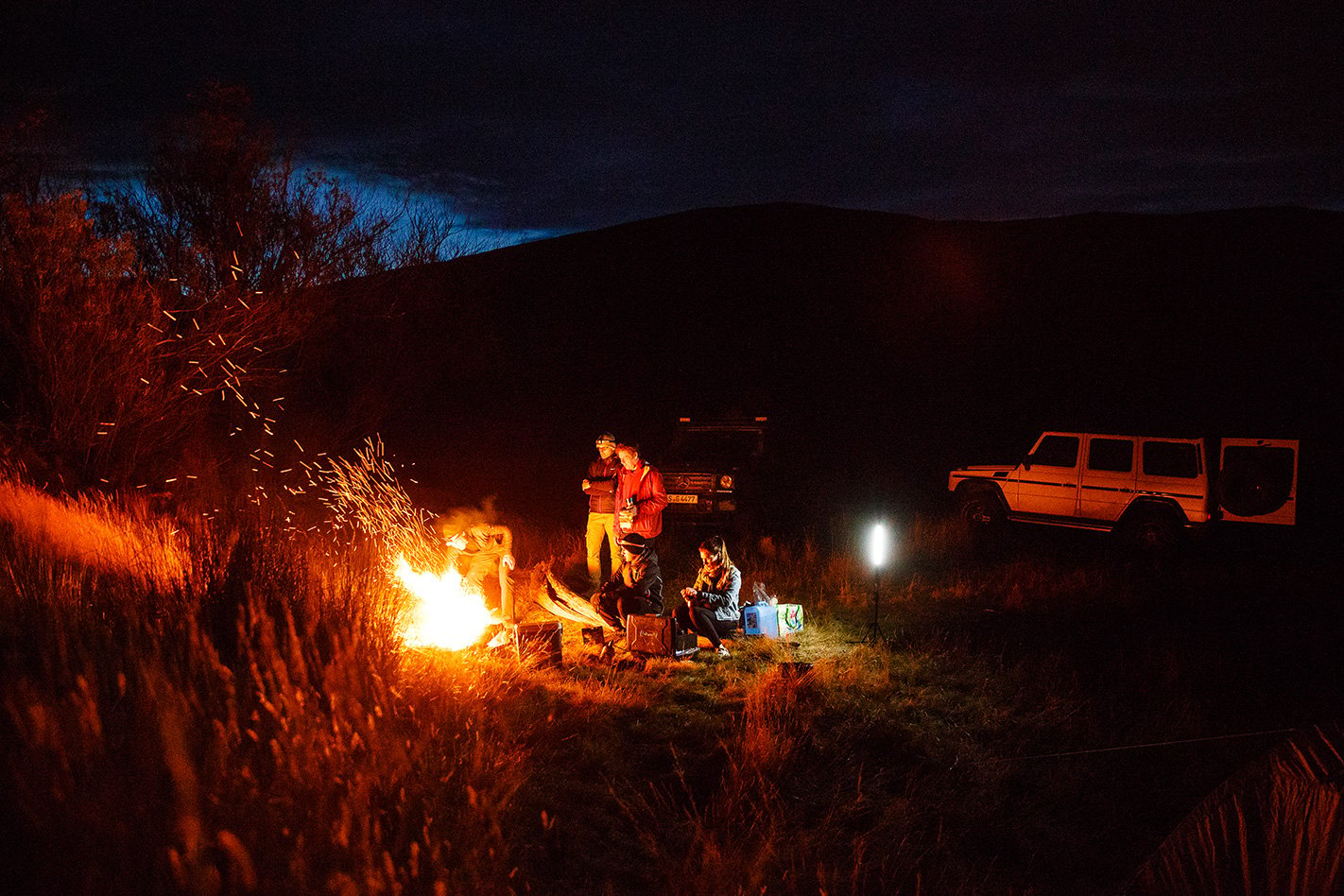
When asked by his daughter if they could go back to South America his brow furrows. “That’s a place for young people,” he says. The statement brooks no argument. Later that day he spots a rabbit in the road and as it jinks to escape, he steers the G-Class towards the embankment, flattening the invasive species. “Bastards,” he grunts. I suddenly feel self-consciously soy Melburnian.
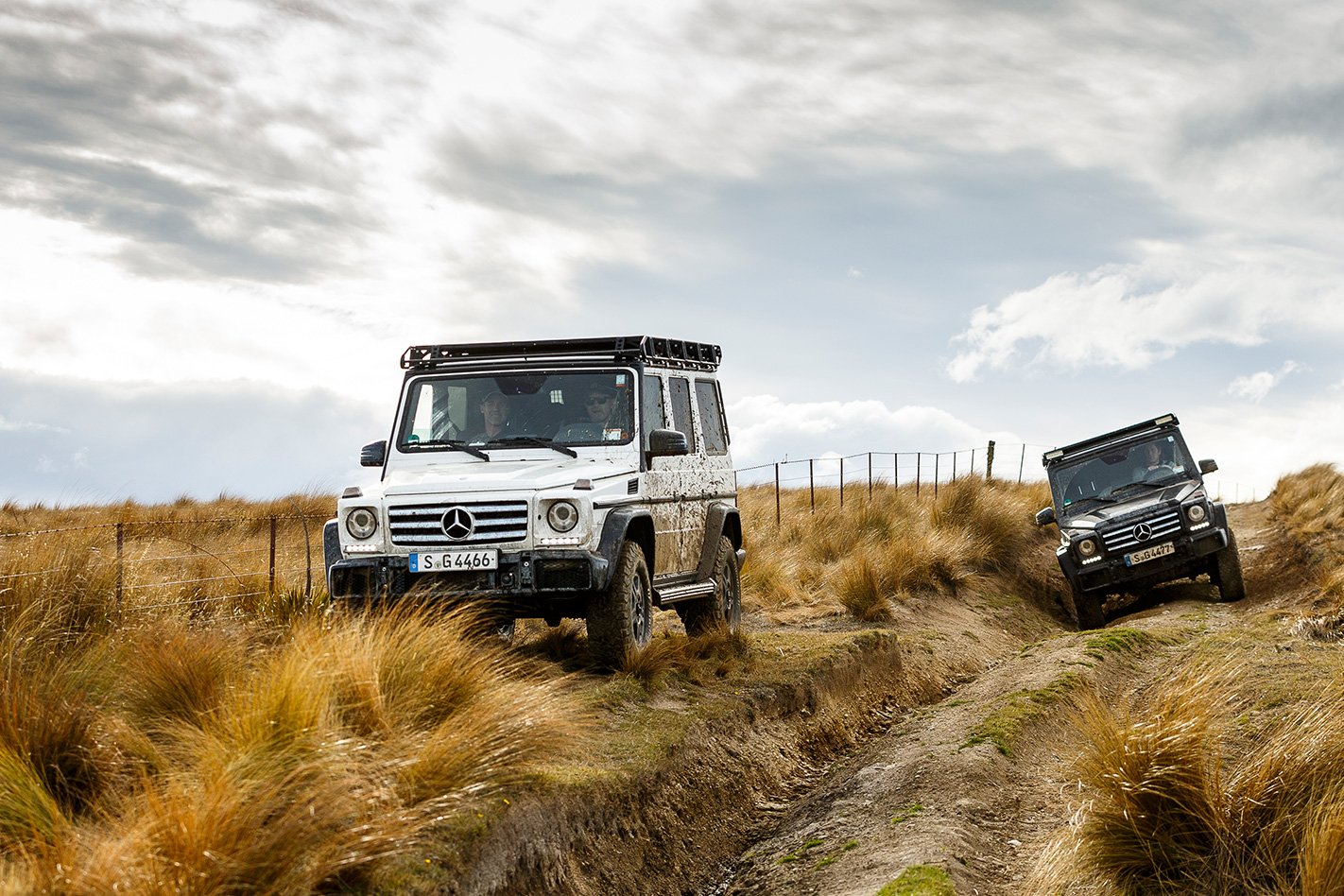
Way out on one remote treeless sheep station, we find an abandoned Nissan Pintara. It’s been rolled, stripped and peppered with buckshot.
“Let’s drive over it with the G-Class!” he shouts, alive with childlike glee. Our Mercedes-Benz chaperone’s eyes widen in panic, his mouth forming a perfectly mute little ‘o’.
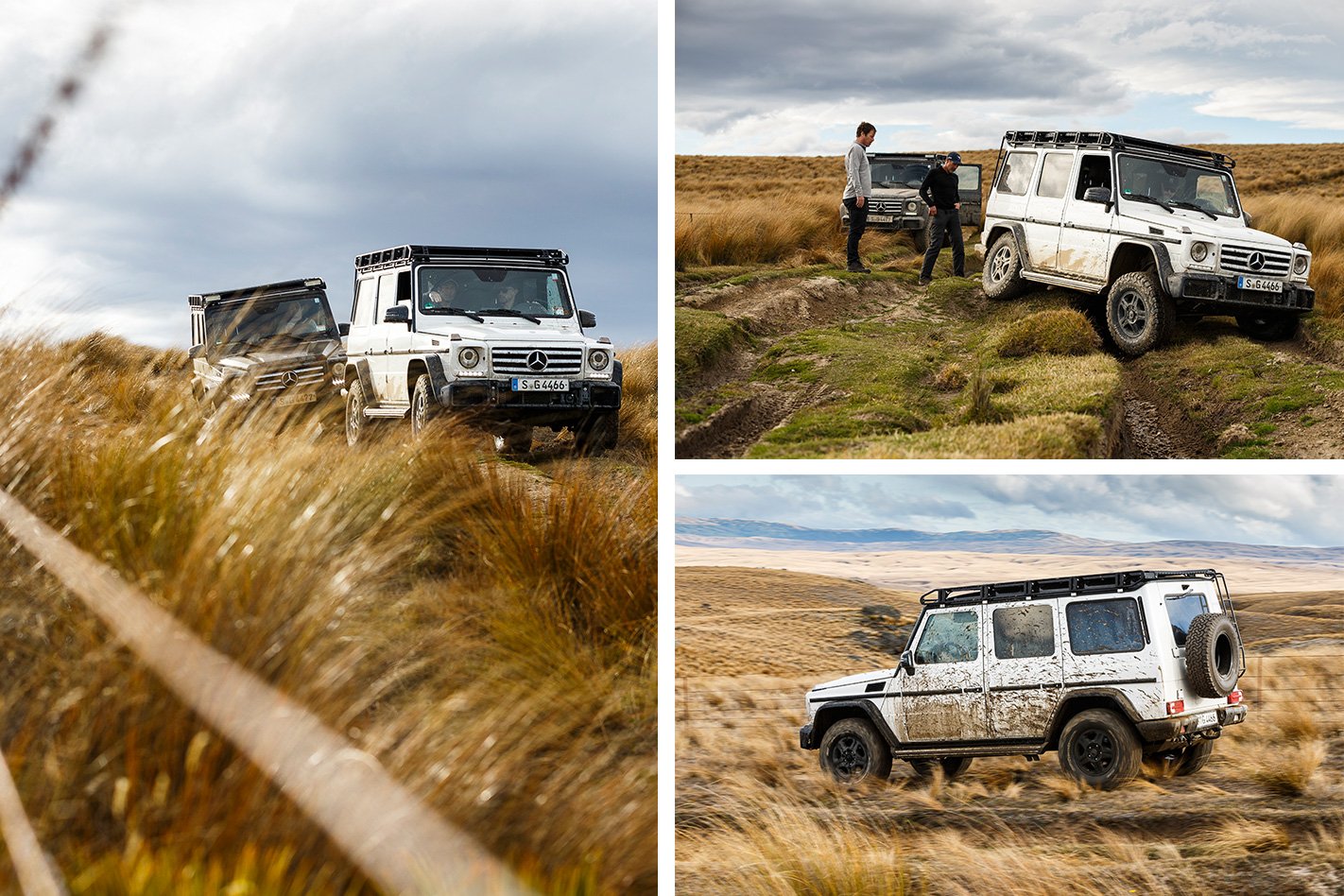
We’ve just accounted for four of the world’s greatest living explorer’s 30,000 days. He’s experienced more than his fair share in this one lifetime, so we don’t feel too guilty about acting as ballast for a bit. The V8 fires up, the G-Class bumps over a bushy median to the car park exit and Horn’s headed back to the dock at Dunedin.
He’s that naughty kid whose antics you just can’t help laughing at. You know you shouldn’t.
But, hey, life’s too short to worry about things like that.



